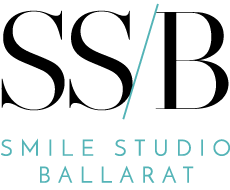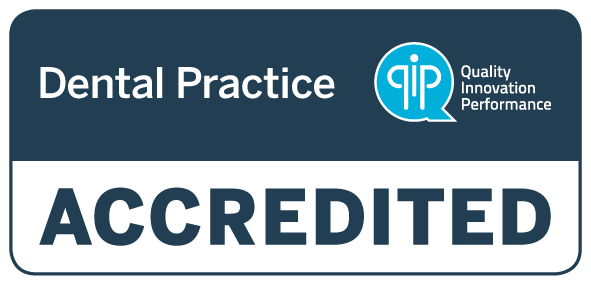Braces are used to treat teeth that are misaligned or crooked. Braces apply pressure on the teeth and help reshape them. They can greatly improve the appearance of the mouth. Unusual growth of teeth can cause the teeth to be pointed, crooked, misshaped, and out of alignment with other teeth. Braces help cover all these issues.
Braces are installed in the mouth through a painless procedure. At first, the teeth are observed and examined. If any signs of misalignment or crookedness are observed, the dentist will recommend the patient braces. A retractor is used to separate the teeth and tongue and it also keeps them dry. Dental cement is used to attach the brackets to the teeth. A high-intensity light or laser is used to strengthen the cement with teeth. Once the teeth are completely covered by the braces, the cheek retractor is removed. The entire procedure of brace placement lasts for about 20 minutes.
Many patients cannot decide whether they need braces or not. Look for the following signs if you are confused about whether you or your child needs braces.
1. Pain while chewing
If you experience pain while eating or chewing something, it may be an indication for you to get your teeth checked. Misshaped teeth and teeth that have sharp edges cause pain to the patient while chewing and eating something.
Pain is one of the first signs of damaged teeth that need treatment and care. The patient should get checked by the dentist once so they can suggest the best treatment for the patient.
2. Crooked and misaligned teeth
Teeth that have an uneven shape and that stand out can be easily fixed with the help of braces. The teeth should also be observed for gaps and other forms of misalignment. Such teeth cause difficulties in brushing and flossing. They also cause problems in speaking and pronunciation. In children, such teeth can also cause injuries.
3. Overcrowded teeth
Teeth that grow over one another, teeth that don’t have sufficient space for growing. Such teeth cannot be aligned in a straight line as there are simply too many teeth and there is less space available. Genetics is a major cause of such overcrowded teeth. Excessive growth of teeth is also responsible for overcrowding. Sometimes it also happens that the jaw is simply too small due to genetic reasons or due to an injury. Mouth tumours are also a major cause of overcrowded teeth. When overcrowding is observed, the patient should visit the dentist for appropriate treatments.
4. Cheek biting while eating
Many people have the habit of biting their cheek from the inside. It is also observed during chewing or eating something. If the cheek biting becomes too severe, it could result in bleeding. The root cause of cheek biting is lack of space in the mouth due to which overcrowding happens and teeth become misaligned. On observing consistent cheek biting, the patient should reach the dentist. The dental professional will most probably recommend braces as overcrowding is the major cause of cheek biting.
5. Jaw ache
Sore jaws that pop on chewing and speaking and jaws that pain a lot, are caused by overcrowded teeth. Due to lack of space, the teeth mesh onto each other and cause discomfort to the patient. Several painting of jaw points is known as Temporal Mandibular Joint Disorder (TMD). The dentists recommend getting braces for treating jaw pain as it is commonly related to bite problems. When the braces are applied, the whole set of teeth across the jaw are covered so they can be aligned properly and the jaw pain is relieved. An aligned bite can help relieve jaw pain permanently.
6. Pronunciation
Mispronunciations are very common and it affects a majority of people. The problem occurs when the pronunciations start affecting daily life and have become too severe. Lisps are also very common among patients who need braces. Word slurring or miscommunication is also a sign that the patient needs braces. When all these speech problems are combined, they cause a lot of problems for the patient and it also affects self-esteem. Upon observation, the dentist will recommend braces as misaligned and crooked teeth are often the cause of improper speech.
7. Gaps between teeth
Teeth that have gaps between them are also corrected by braces. Some patients have only one gap between two front teeth, known as diastema, which is also correctable. The patient can also acquire teeth gap by injuries. The dentist will observe the teeth and will recommend braces. To bring perfection to the smile, the patient should smile wide and look for little gaps between teeth. Even little gaps in teeth can be corrected and the smile can be perfect. Flossing frequently also helps in detecting gaps present between teeth.


